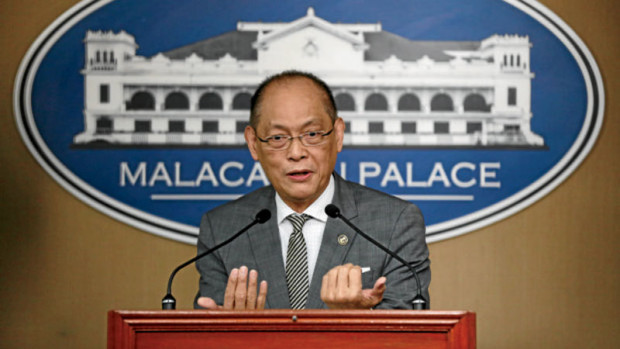The government will pitch a new pension system for uniformed men to arrest the ballooning costs of benefits for retired military and police personnel.
Budget Secretary Benjamin E. Diokno said in a forum last week that paying for the pension of military personnel from the annual budget was “not sustainable.”
“The day will come that 70 percent of their budget will go to pension and not to those in active service,” Diokno said.
The Legislative-Executive Development Advisory Council during last month’s meeting “agreed that there should be a review of [uniformed personnel’s] pension,” the budget chief said.
“We will legislate a new plan for them,” he added.
According to Diokno, only the new entrants to the service will be covered by the new pension scheme.
“Those paid in the past will continue to be paid [the same way]. That’s basic—you don’t take that away from them,” he said.
The budget chief said that among the ideas he had to address was transferring police pension to the state-run Government Service Insurance System since the Constitution states that the Philippine National Police is civilian in nature.
Diokno said another proposal was to hire nonmilitary and police for services provided within camps.
The Cabinet-level interagency Development Budget Coordination Committee (DBCC) had flagged the ballooning military pension as a fiscal risk.
“The pension costs of all uniformed services are rapidly increasing every year. The problem is mainly attributable to the features present in all existing retirement laws of the uniformed services—pension entitlement of a retiree is automatically adjusted based on the prevailing scale of base pay for similarly ranked active personnel; pension is noncontributory in nature, hence budget comes from the annual general appropriations of the government; and early entitlement to pension benefits even before attaining the compulsory retirement age of 56,” the DBCC said in its Fiscal Risks Statement report for 2015-2016.
